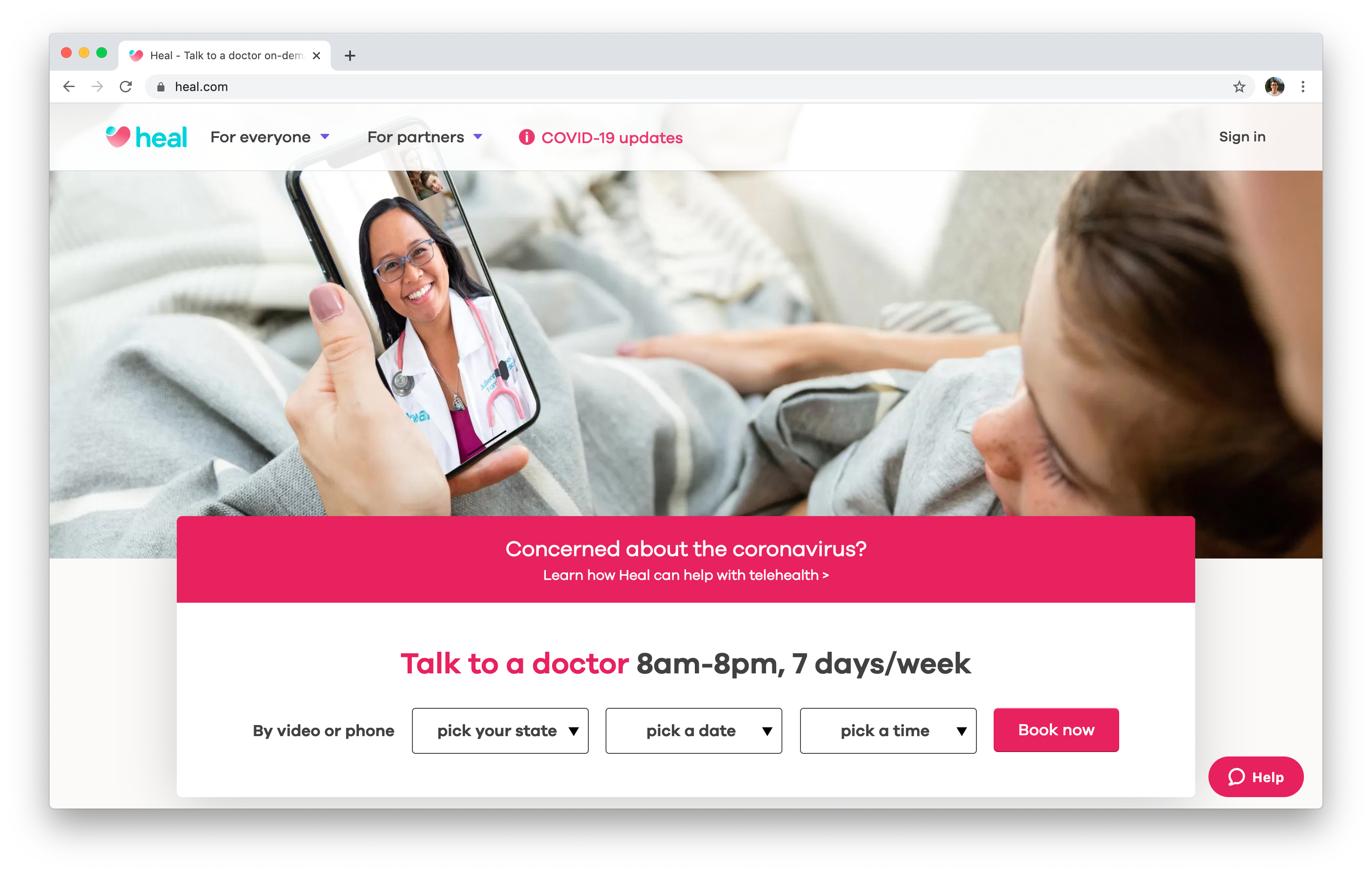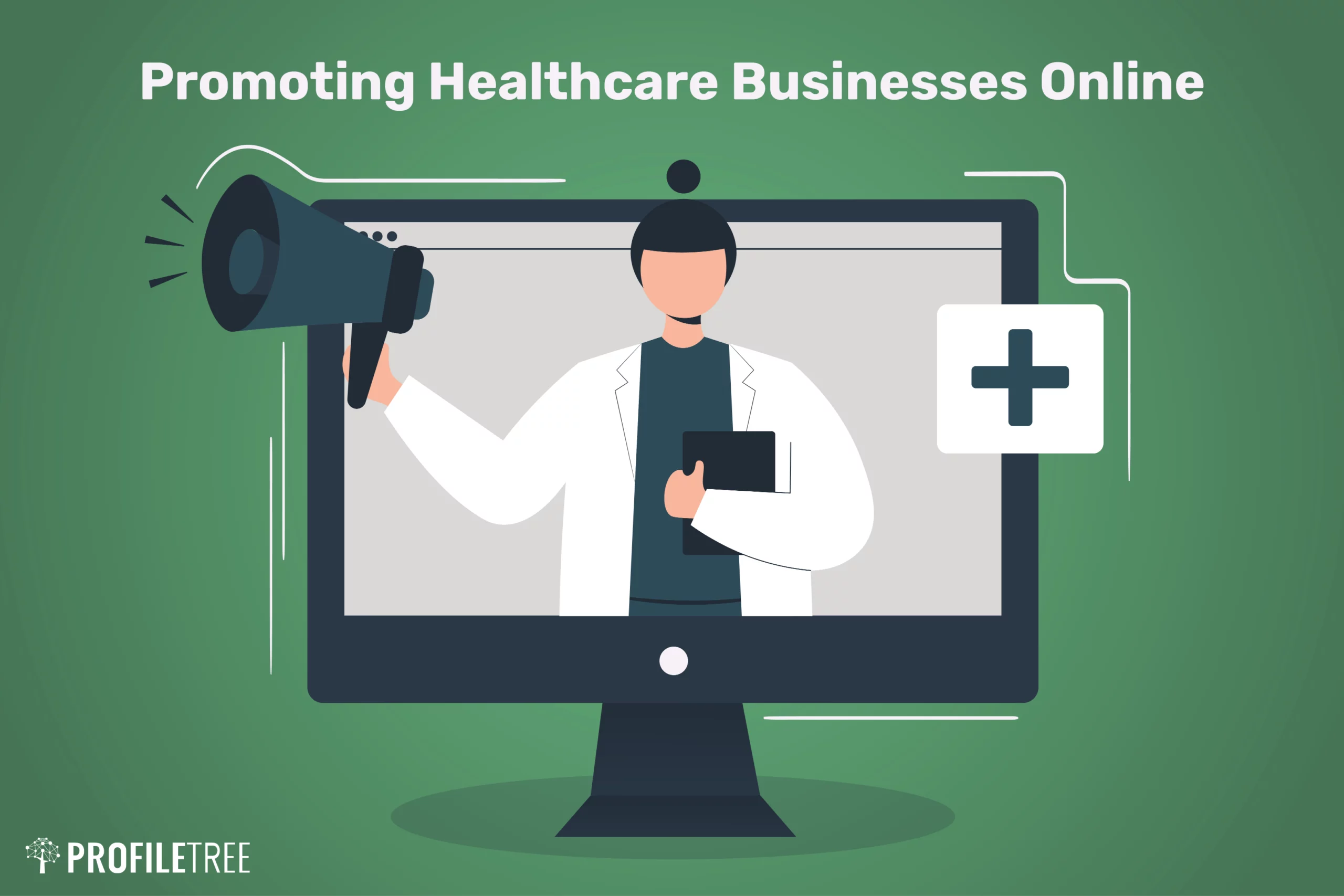Understanding the Cost-Effectiveness of Subscription-Based Healthcare Models
As the medical care landscape develops, subscription-based designs become an engaging option, assuring to redefine how people handle medical expenses. Examining these versions' cost-effectiveness demands a nuanced contrast with traditional insurance policy, considering both financial effects and individual fulfillment. While they offer openness and predictability in expenses, concerns stay concerning their ability to meet varied medical care requirements, specifically for specialized treatments. The viewpoints of doctor further complicate this equation, offering a complex challenge. What does the future hold for these versions, and can they really provide on their promise of obtainable, budget friendly care?
Introduction of Subscription-Based Designs
Subscription-based healthcare models, sometimes referred to as straight medical care or attendant medication, are increasingly acquiring attention as a possible service to ineffectiveness within traditional medical care systems. These versions run on the concept of offering individuals direct access to medical care service providers via a annual or monthly cost, bypassing the demand for conventional insurance mechanisms. This setup aims to simplify patient-provider communications by decreasing management concerns, which often prevent tailored and timely treatment.
At the core of subscription-based models is the focus on a more individualized individual experience. Individuals profit from boosted accessibility to their physicians, often including same-day or next-day appointments, prolonged appointment times, and direct interaction networks such as phone or video calls. This design cultivates an aggressive method to healthcare, where providers and patients can collaboratively concentrate on preventative treatment and chronic condition monitoring.

Cost Comparison With Standard Insurance Policy

One of the key economic benefits of subscription models is openness in costs. Conversely, traditional insurance coverage may be a lot more useful for individuals requiring specialized care or pricey therapies not covered under a membership design, as they benefit from the broader protection network and cost-sharing mechanisms.
Nonetheless, cost-effectiveness is context-dependent. While registration models may provide financial savings for those largely needing medical care, individuals with chronic conditions or specialized health care requirements might find standard insurance policy more extensive. For that reason, assessing specific health care requirements and prospective usage is crucial in identifying one of the most economical choice for individuals.
Influence on Individual Fulfillment
Person satisfaction within subscription-based healthcare versions commonly shows a significant enhancement over standard insurance policy systems. Unlike traditional systems, where individuals could experience delays in getting care, subscription-based models ensure even more prompt and direct communications with health care suppliers.
Furthermore, the openness in prices related to subscription-based healthcare relieves the usual irritations connected to unanticipated charges and intricate billing processes seen in typical insurance policy (subscription based healthcare). Patients appreciate understanding the specific monetary commitment upfront, resulting in boosted trust fund and confidence in their health care administration
In addition, the focus on preventative treatment and health in registration models adds to boosted wellness results, additionally boosting individual fulfillment. By concentrating on ongoing health and wellness maintenance instead of episodic care, people experience an their website even more constant and all natural healthcare journey.
Moreover, the boosted provider-patient relationship cultivated in these designs, characterized by even more time spent per individual and tailored interest, plays an important role in elevating person fulfillment degrees, as clients really feel genuinely looked after and comprehended.
Service Provider Experiences and perspectives
From the company's viewpoint, subscription-based health care models provide a transformative technique to supplying clinical services. These versions emphasize a preventative and proactive medical care technique, enabling companies to focus on detailed person care without the restraints of conventional fee-for-service setups (subscription based healthcare). This shift in emphasis commonly causes boosted person end results and raised service provider fulfillment, as healthcare specialists can designate more time and resources to person engagement and individualized care plans
Moreover, subscription models promote foreseeable earnings streams, which enhance monetary stability for doctor. This predictability permits for enhanced source planning and allowance, contributing to a much more effective medical care distribution system. Providers can purchase personnel training, facilities, and innovation improvements, thus boosting the high quality of care supplied.
Nonetheless, the change to subscription-based designs is not without difficulties. Suppliers have to adapt to new operational structures, which can involve considerable modifications in billing techniques and individual administration systems. In addition, there is an inherent need for robust information administration to track person results and make sure quality care. Regardless of these obstacles, many companies find that the advantages of increased individual communication and great post to read streamlined procedures outweigh the initial challenges, making subscription-based models an attractive option.
Future Prospects and Obstacles

A main challenge is governing compliance, as subscription designs need to comply with advancing healthcare policies and insurance coverage requirements. This necessitates constant adaptation and innovation to ensure positioning with legal criteria. Furthermore, integrating these designs into existing health care facilities can be complicated, calling for significant investments in innovation and training.
There is likewise the potential risk of creating inequities in healthcare accessibility, as membership designs may favor those that can manage them, leaving vulnerable populaces underserved. Addressing this requires thoughtful factor to consider of prices techniques and aid devices to guarantee inclusivity.
Final Thought
Subscription-based health care designs offer a viable option to traditional insurance by using financial predictability and transparency, especially benefiting people with chronic problems or regular health care demands. The cost-effectiveness of these models rests upon specific medical care usage patterns and situations. While they may boost individual satisfaction and simplify budgeting, challenges continue to be in attending to specialized care requirements. Future considerations consist of stabilizing comprehensive insurance coverage with price and integrating these models within the broader healthcare system for ideal results.
Subscription-based healthcare models, sometimes referred to as straight key treatment or attendant useful content medication, are progressively gaining interest as a prospective remedy to inadequacies within conventional healthcare systems. Unlike standard systems, where patients could experience hold-ups in obtaining care, subscription-based models make sure more direct and timely communications with health care service providers.
These designs stress a positive and preventative healthcare approach, enabling service providers to concentrate on comprehensive person care without the restraints of standard fee-for-service arrangements. As these versions proceed to acquire traction, they use the potential to revolutionize client accessibility to care, simplify solution delivery, and maximize health care costs.Subscription-based healthcare models present a viable choice to standard insurance policy by supplying financial predictability and transparency, especially benefiting people with persistent conditions or constant medical care needs.